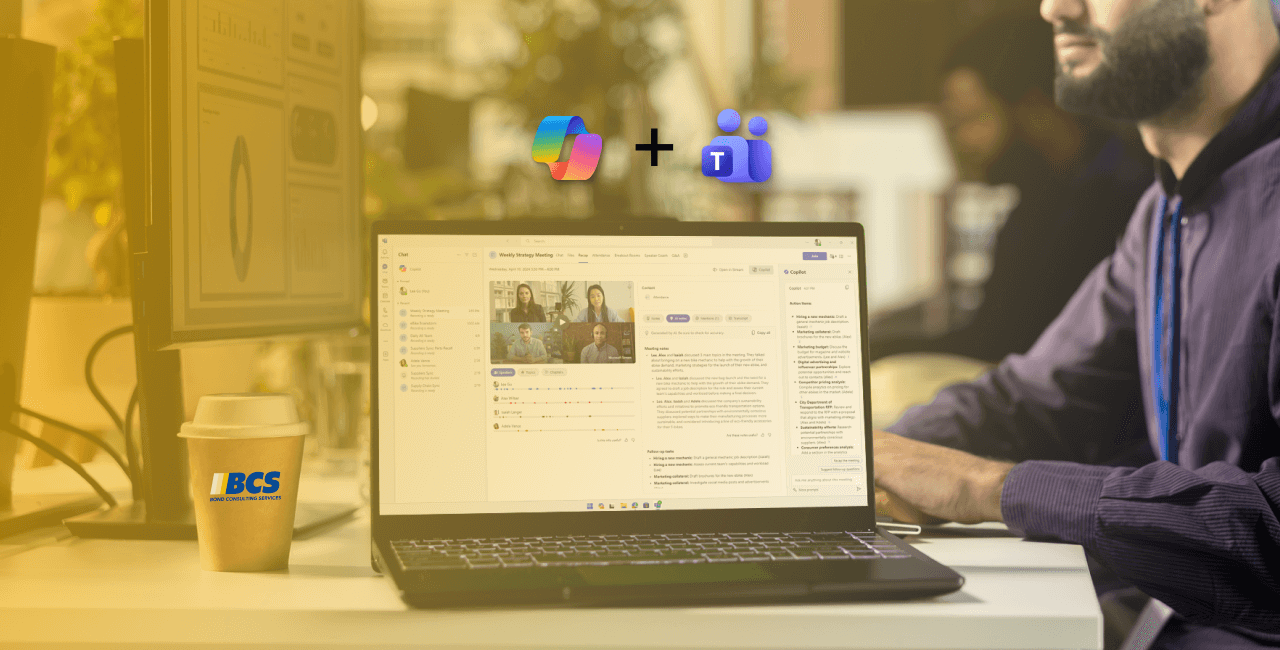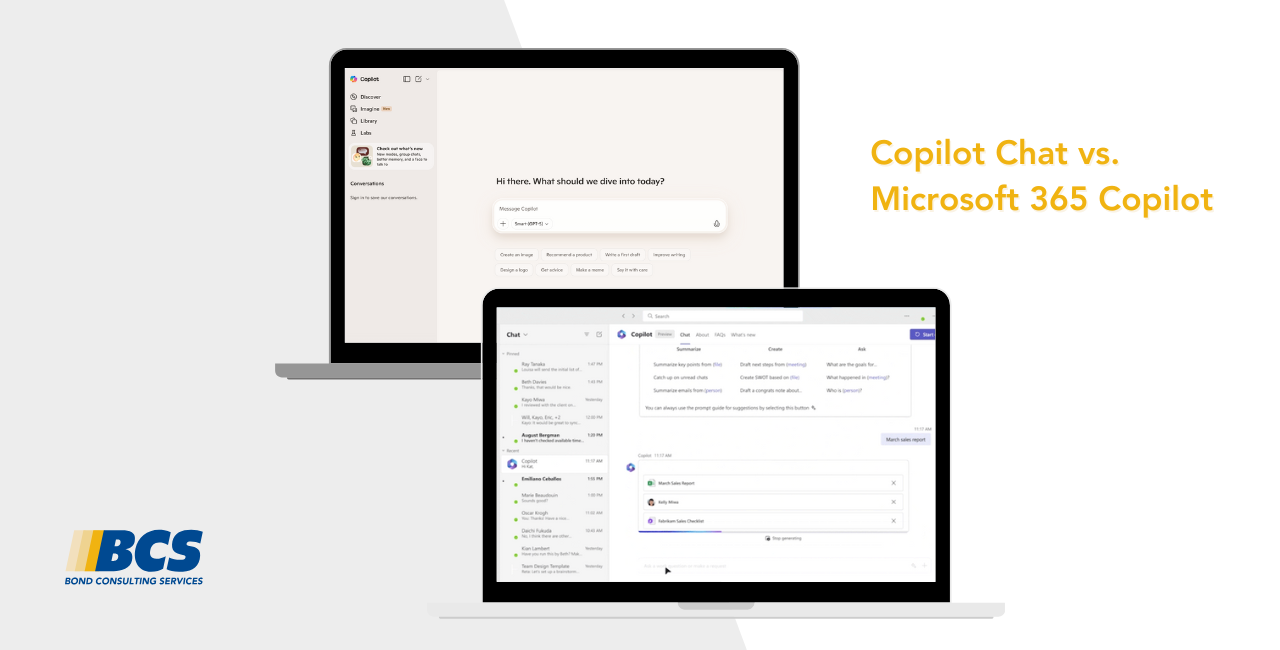If you buy, sell, or record transactions using different currencies, then you must set up each currency that you use. The initial setup for multicurrency is complete by using the Currency Card and Currency Exchange Rates pages.
Currencies:
Open a currency card in the Currencies list. In the General tab, you will find general information about that currency, as well as the accounts for unrealized and realized gains and losses.

As the Adjust Exchange Rates batch job is running, the exchange rate is calculated to adjust the general ledger accounts. On the Residual Accounts side, these G/L accounts will be used to post rounding differences.
Currency Exchange Rate
Manual setup:
To record exchange rates and see the history of previous entries for exchange rates, you can search for the Currency Exchange Rates page, as it is updated on a regular basis. You have an option to setup the exchange range manually, by following these steps:
- Select the line for currency in the Currencies list > Process > Exch. Rates
- In the Currency Exchange Rates page, populate the fields as needed. Leave the Relational Currency Code field blank if local currency is given. A new line can be entered if a new exchange rate is needed at the given date.
To automatically register currency exchange rates, you can use various services in the Currency Exchange Rates page.
- In the Currency Exchange Rate Service page, you can add a service by providing Code, Description, Service URL and Service Provider. I will use Float Rate service in our example.
Populate the following fields:
Service URL: https://www.floatrates.com/daily/usd.xml
Terms of Service: https://www.floatrates.com/faq.html - In the Field mapping section of the page, populate the Source fields. Select the US_DATE_FORMAT field under the Transformation Rule column. Default Value is 1 under Relational Exch. Rate Amount.
- Enable the service. A job queue will be created that will update the exchange rate at the frequency that you chose. Leave the status of the job queue at the Set Status to Ready to run it as scheduled.
- In the Vendor Card, select the currency under the Invoicing tab for that vendor. Optional step. Currency could be added in the document as well (Purchase Order or Sales Order)
- Create a Purchase Invoice and under the Invoice Details tab, you will see the Currency Code is populated automatically directly from the vendor card.
For more information on Multicurrency please reach out to us at Support@BondConsultingServices.com or click here to schedule a free consultation with one of our experts.


















